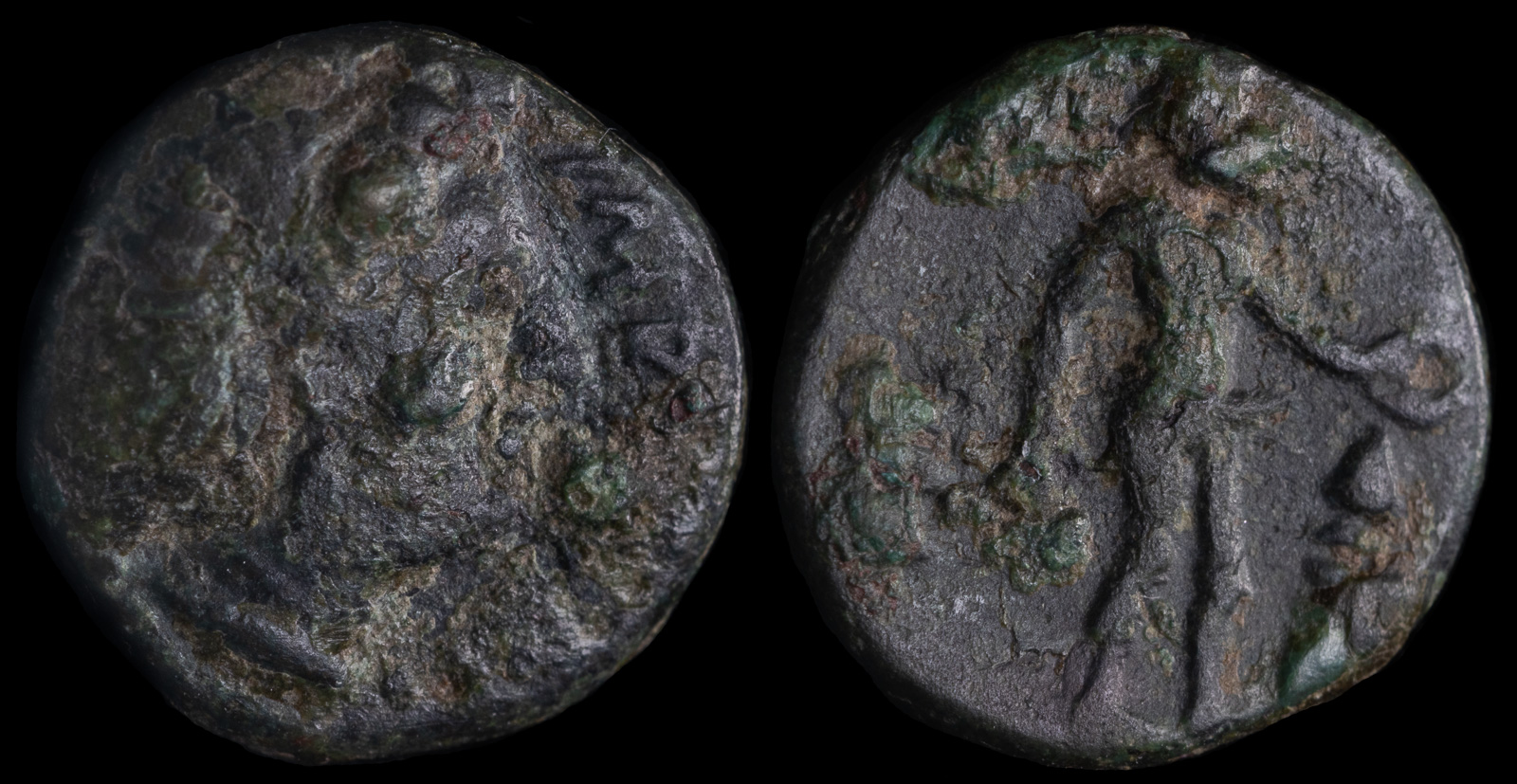Thymiaterion
View All Tags
Typically, the thymiaterion was made of metal, often bronze, and designed to be portable. It consisted of a small, usually tripod-based stand with a bowl or container where incense could be burned. Some versions had a perforated lid to allow the fragrant smoke to escape while keeping the burning material contained. The incense used in the thymiaterion varied, but common offerings included frankincense and myrrh, both of which produced fragrant smoke when burned. These materials were believed to have purifying qualities and were often associated with different gods, depending on the nature of the ritual.
In religious settings, thymiaterions were typically placed on altars or in the central area of a temple during sacrifices or other offerings. Smoke rising from the incense was thought to represent prayers and petitions ascending to the gods. The process of burning incense was often seen as an act of purification, preparing the space and participants for the sacred encounter. Thymiaterions were not only used in formal temple settings but also in private households or during public festivals. The burning of incense in these contexts reinforced the connection between the human and divine worlds.

Thrace, Imbros
Circa 350-300 BCE
Ae 11mm 1.13g
Obv: IMBPOY. Female head right.
Rev: Ithyphallic Orthanes right, holding branch and phiale; thymiaterion to right.
HGC 6, 277